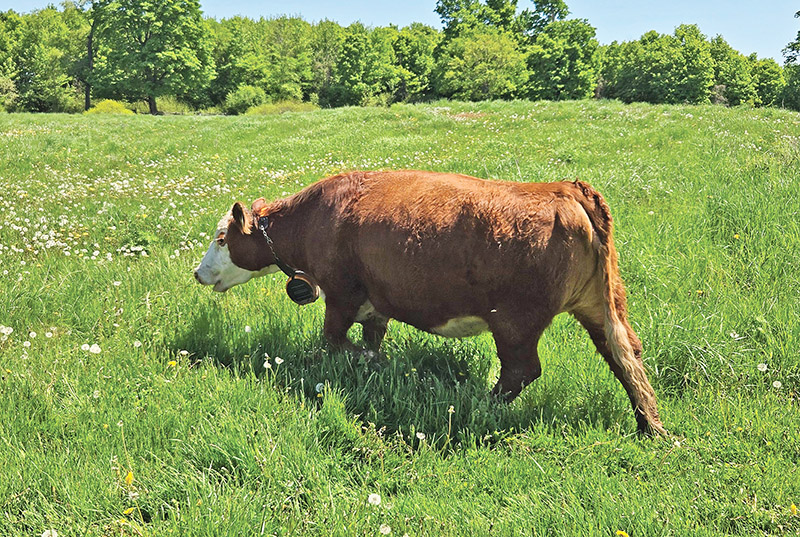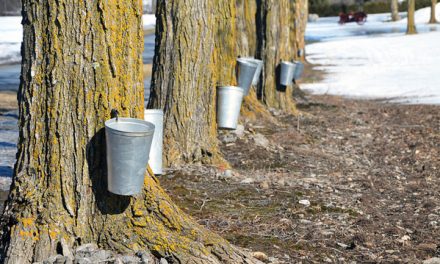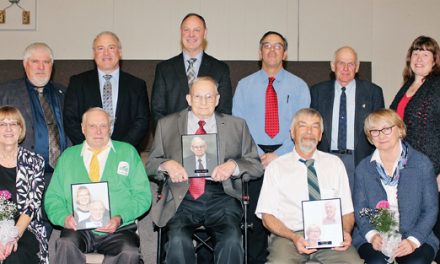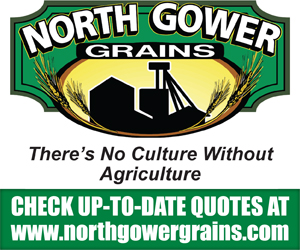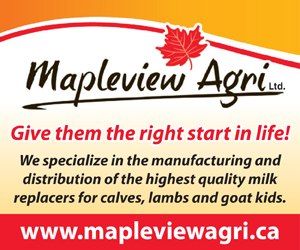Courtesy Photo
By Barb Keith
AgriNews Contributor
ONTARIO – Grazing cattle isn’t usually thought of as a high-tech activity, yet there is a new technology in the field that is breaking new ground for farmers.
Spring of 2024 saw the introduction of a new product to Ontario from Gallaghar – eShepherd™ – a solar powered, GPS enabled, livestock neckband that allows farmers to track, fence and move their livestock around the farm using virtual boundaries or fences. In October 2024, Perth-area DBM Land & Cattle became one of the first of a handful of farms in Ontario to embrace this new technology.
“When I first learned about the eShepherd™ virtual fence collars, I knew that would allow us to rotationally graze both our farm and another property we rent without having to do significant upgrading to the existing fencing,” said Don Badour, co-owner of DBM Land & Cattle. “We were even able to use the collars to keep cattle on a small area of pasture for the winter, keeping them out of yards that get quite muddy in the spring.”
Currently, there are three permanent paddocks that had been continuously grazed in previous years, and with the eShepherd™ collars they are able to rotationally graze the farm by adding and moving paddocks easily to better utilize the forage produced on the farm, without the use of moving and setting up a lot of physical fencing. They hope to be able to produce more pounds of beef more efficiently, on fewer acres. They also rent another farm with fencing that isn’t in the greatest shape, so the collars provide an extra bit of security. The farm also grows cash crops, so in the future, the eShepherd™ collars would also allow them to rotationally graze crop residue and cover crops on that land.
“We didn’t realize how the collars would also allow us to better manage our cattle through calving season.”
DBM calves in the fall and last year had 3 late calvers going into winter. By identifying the three cows separately from the rest of the pasture group, they were able to track the movement of them and with two out of three calving events, were able to identify the cows exhibiting pre-labour behaviours, getting them in out of inclement weather.
According to Gallaghar, eShepherd™ will enable producers to demonstrate traceability through monitoring of animal movements and over time increased measures of health and welfare. It will be able to be incorporated with other precision animal management solutions to enhance productivity and to deliver insights to farmers and throughout the value chain.
Badour recommends having good handling facilities, including a neck extender on the headgate to provide safe conditions to put on or remove the collars. He says they have found their cattle take very little time to train to the fence as they already have experience with electric fencing. The only limitation they have found so far is the collars are not recommended for animals under 500lbs so calves are able to wander outside of the main grazing area.
“We can track individual animals from our phones and receive notifications if there is a problem such as an animal outside of the virtual fence or one not moving so even when we are busy with cropping or haying, we can still check in on our cows”.
As of the end of May, the number of farms using these collars on Ontario has risen to approximately fifteen. At this time, virtual fencing is only available for cattle in Canada, but the technology is available in other countries for sheep and goats.

